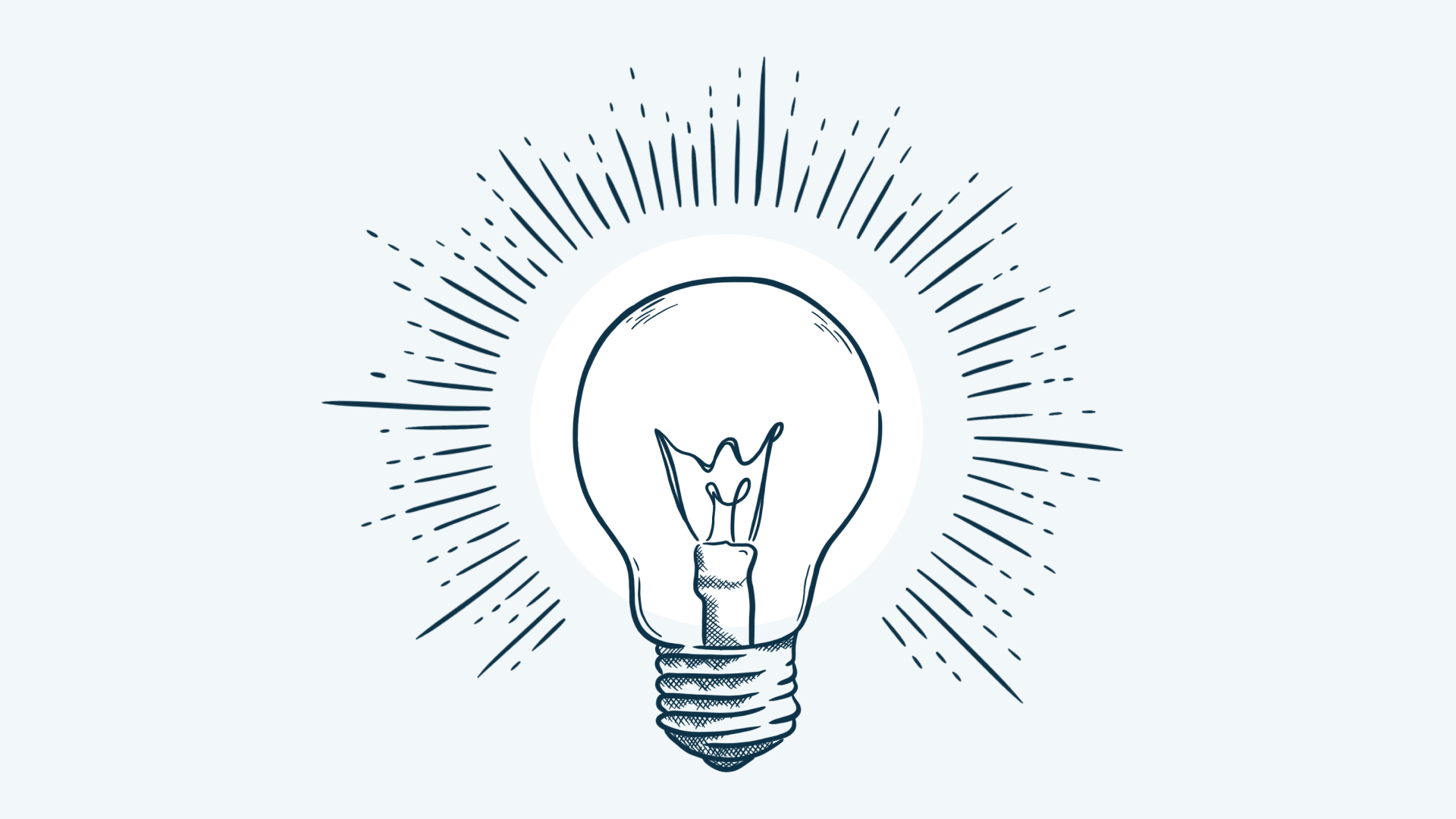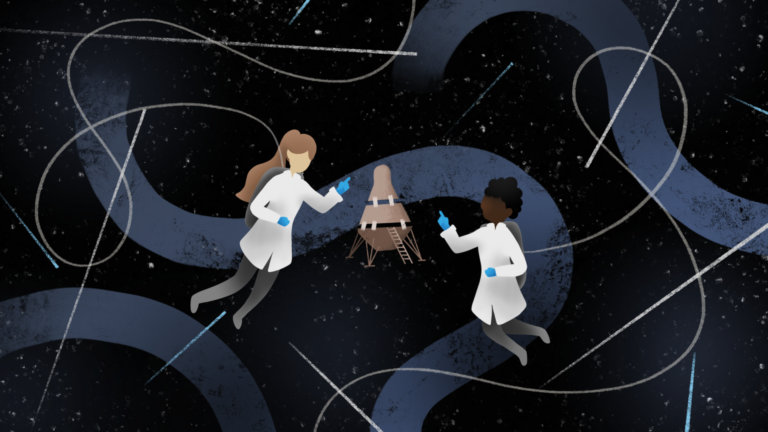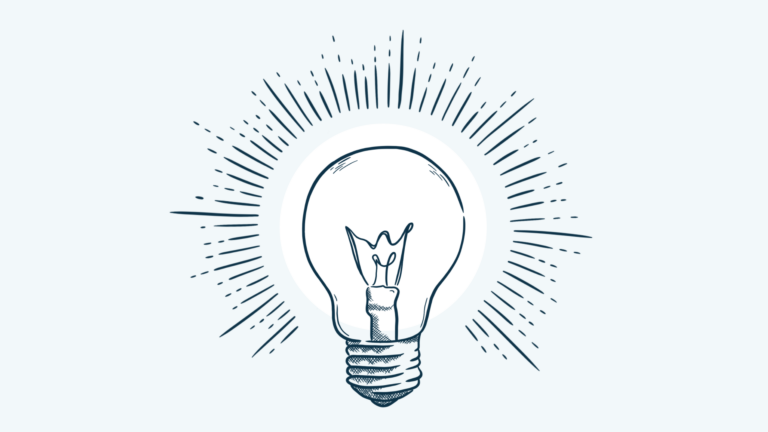Truism: Poor design vs. “poor by design”

There’s poor design, and then there’s poor by design—both are bad, one is worse. At first glance the two concepts may seem similar, but upon closer inspection there’s an inherent difference.
Our CEO, Russ Starke, regularly publishes videos for a series entitled Truisms. These are quick yet informative lessons for leaders and practitioners across a range of industries. For this entry into the series, Russ shares his insights on the difference between poor design and poor by design, and how the two are distinct from one another. We’ve written an overview that you can read below, or if you’d prefer to listen or watch, click here for the video.
Differentiating between poor design and poor by design
When it comes to designs that lack quality, as Russ stated in the video, there’s poor design and “poor by design.”
Something that is poorly designed can involve the loss of your time or patience. Think about the times you’ve used an app or webpage and you’ve been prompted to fill out a form. After you’re done and hit submit, it sends you off to another page where you either have to refill that same information or complete an additional step. This duplicate action has caused a loss of your time, and possibly your patience. It offers no benefit or consequence, but it isn’t too dire.
On the other hand, something that is poor by design, goes a little further. For a product or service to be poor by design, its inherent features inhibit usability and accessibility. They’re a source of confusion and frustration, to the point where a customer may stop the process entirely. It certainly offers no benefit to either party, with the consequence being the loss of existing customers and stagnation in acquiring new customers. To avoid these types of designs, it’s important to know some key characteristics in the foundation of quality designs.
Quality design characteristics
What does it mean to make a quality design anyway? One defining characteristic that stands out is accessibility. Accessible designs are necessary because they allow for a broad range of user types and interactions to unfold. Keeping this in mind is crucial to ensure that your designs and products are successful and offer positive experiences.
When working on a design, it’s important to consider how your customer will use and interact with a product. Your goal should be to ease them along their journey and provide a pleasant, seamless experience. Pleasant experiences are memorable and go a long way in not only enticing new customers, but retaining current ones as well. This is an important aspect of branding. Reinforcing your brand around positive UX experiences can help bolster your organization as a leader in your industry—that all begins with putting the customer and their needs first when coming up with designs and interfaces.
Designing quality experiences
At Think Company, we’re all about designing quality and usable experiences. Part of that comes from an understanding that to make successful designs, you must first understand your customer’s needs. Just because something looks good, or a concept sounds good, it doesn’t mean it’s easily accessible. You have to put yourself in your customers’ shoes and design from the foundation up. By starting with a customer-focused mindset, you’ll be able to avoid making poor design and poor by design decisions, all the while contributing to your brand and building a quality product.
To hear more from our CEO, Russ Starke, head to our YouTube channel and watch Poor Design vs. “Poor by Design”



